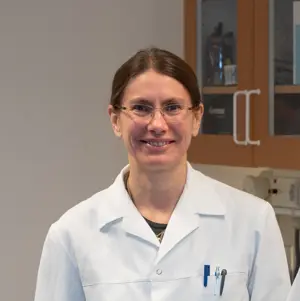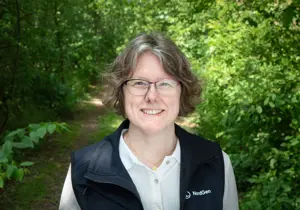
Lessons learnt from the Nordic project on crop wild relatives published
The third project period of the pan-Nordic project on crop wild relatives concluded at the end of 2024. Earlier this year, a comprehensive final report and a policy brief were published that proposed measures to conserve these important wild plant species. Results from the project's analysis of genetic diversity in caraway were also recently presented in a scientific article.
Crop wild relatives is a collective term for wild plant species that are closely related to cultivated crops. Over the millennia, these wild populations have developed important traits – such as resistance to disease, insect pests and drought – that can be important in developing crops, not least varieties that are better adapted to climate change. During the last project period, the work ranged from climate modelling, plant inventories and seed collection for long-term conservation at NordGen, to communication and knowledge exchange activities and genetic diversity analyses of selected plant species.
Recently, a scientific article was published in the journal ‘Conservation Genetics’ presenting the results of the genetic diversity analyses in caraway (Carum carvi L.) carried out in the project. Other species investigated were lingonberry (Vaccinium vitis-idaea L.), meadow fescue (Schedonorus (Festuca) pratensis (Huds.) P. Beauv.), hazel (Corylus avellana L.), wild strawberry (Fragaria vesca L.) and European blueberry (Vaccinium myrtillus L.). In this work, project members at Linköping University were responsible for carrying out DNA analyses of plant samples collected at different locations in all the Nordic countries.

”Caraway is one of the world's most important spices. It has been cultivated since the Middle Ages, but as with other crops, climate change will pose challenges for future caraway cultivation,” says Jenny Hagenblad, Senior Associate Professor at Linköping University, project member and one of the authors of the article.
Genes from wild caraway may prove significant for future plant breeding and it is important that these genetic resources are not lost.
”The genetic variation in 16 Nordic populations of caraway was inventoried and we found that it was distributed along an east-west gradient and that in some cases humans have contributed to the introduction of now wild caraway. Based on the genetic studies, we identified several populations that should be prioritised in conservation efforts,” says Hagenblad.

The project's various completed activites, together with recommendations for safeguarding important plant species in the future, are summarised in a project report that was published earlier this year. In addition to this report, a policy brief was also published, summarising recommendations for action at Nordic and national level.
”This project has improved the conservation and accessibility of Nordic wild crop relatives and increased the knowledge of their diversity, status, distribution and expected impact of climate change,” says Anna Palmé, NordGen's Senior Scientist on Nordic crop wild relatives and project coordinator.
She continues:
”We have also seen the importance of collaboration both across national borders and between different sectors. It is now important that this work continues to strengthen current and future conservation efforts for these important wild assets.”


